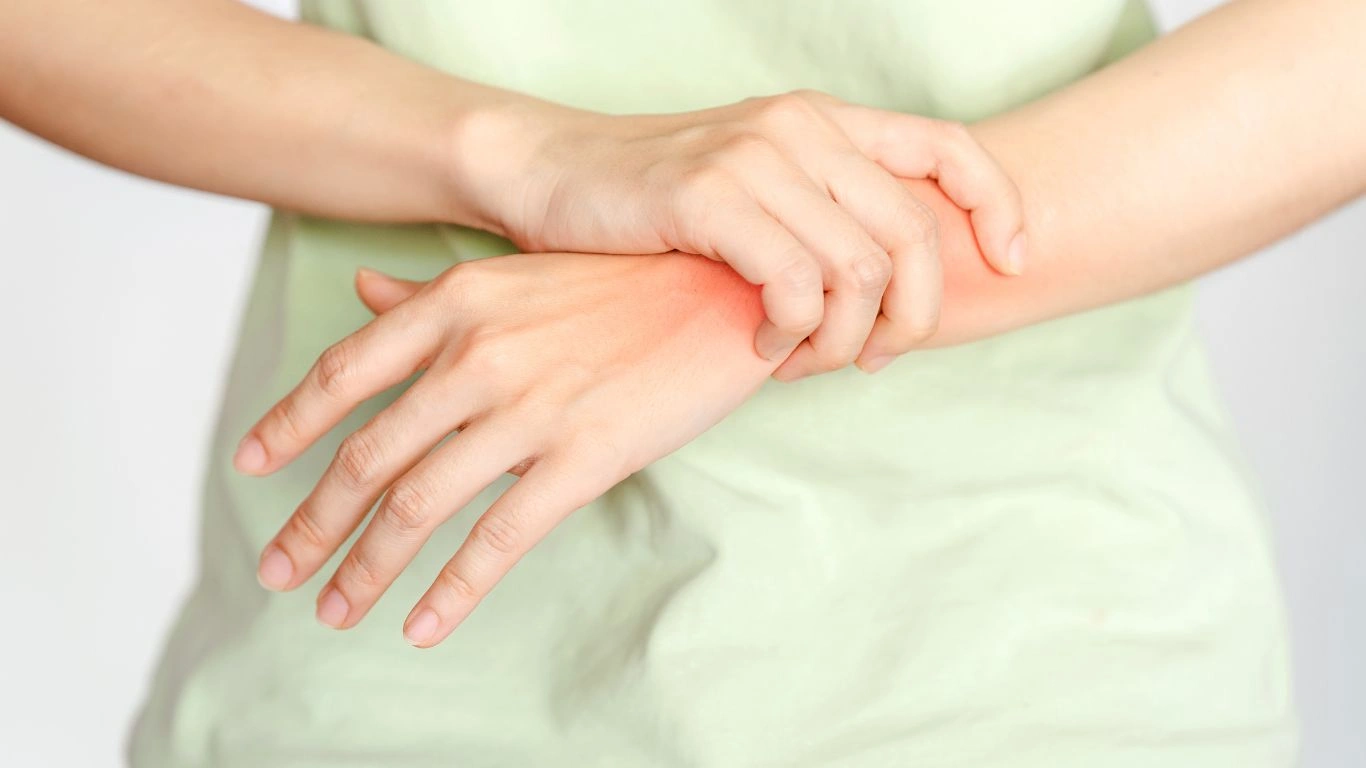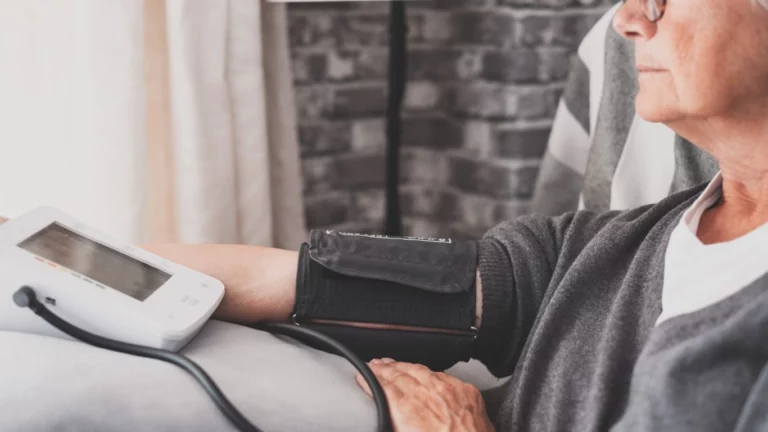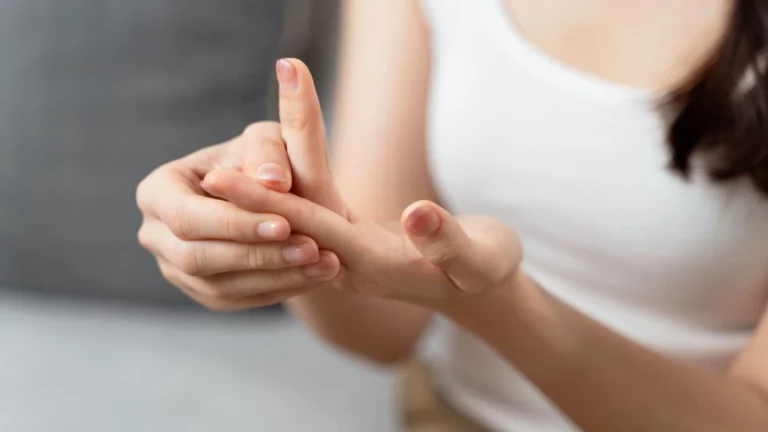Cycling with Rheumatoid Arthritis: A Game-Changer for Joint Pain Relief
When living with rheumatoid arthritis, staying active can feel like a constant battle between wanting to move and dealing with joint pain and stiffness. But let me tell you—cycling might just be the game-changer you’re looking for. As a Rheumatoid Arthritis expert and someone who has worked with countless patients managing their symptoms, I’ve seen firsthand how getting on a bike can transform lives. If you’re wondering whether cycling is a good idea for RA, let’s dive into the benefits, practical tips, and how to make it work for you.
Why Cycling and Rheumatoid Arthritis Make a Perfect Pair
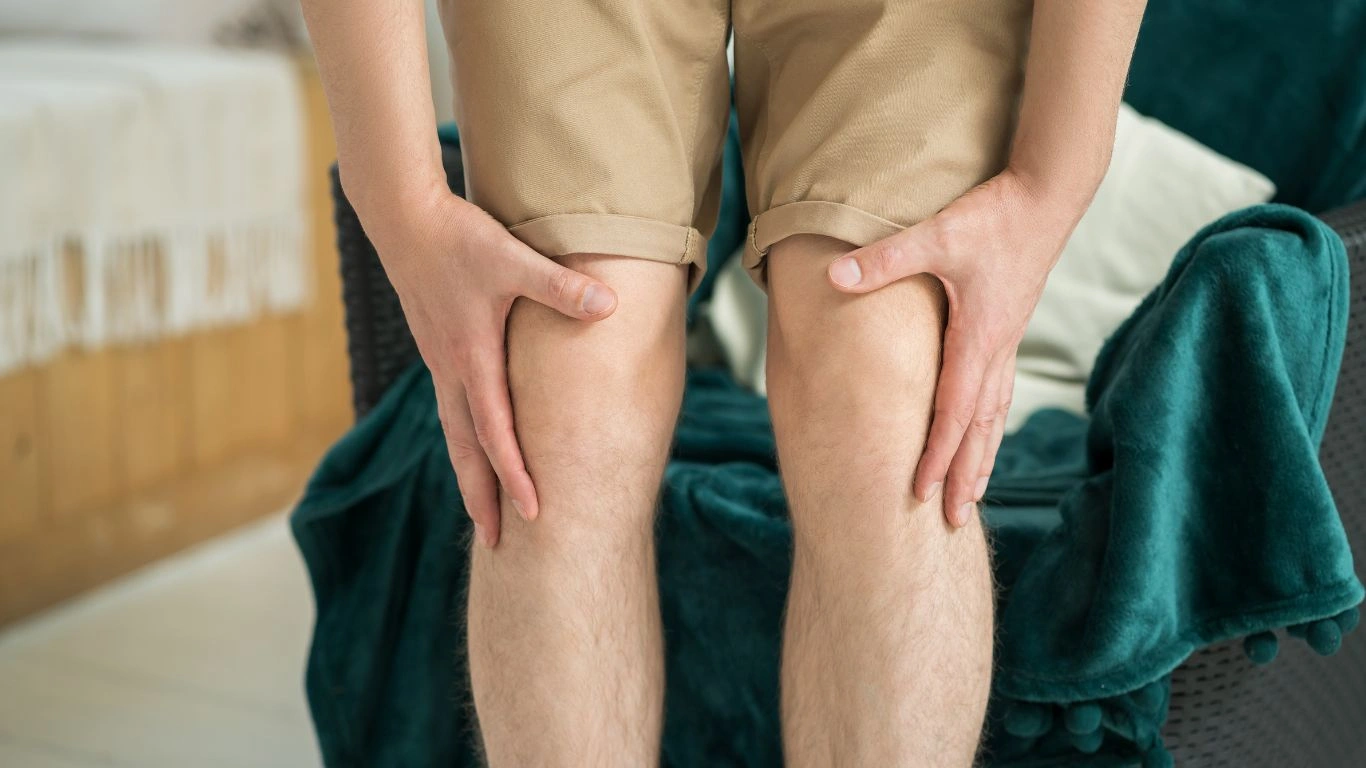
It’s no secret that movement is essential for joint health. But when you’re dealing with RA, high-impact exercises like running or jumping can feel downright impossible. That’s where cycling comes in. It’s a low-impact, joint-friendly activity that helps keep your body moving without putting excessive strain on your joints.
The Magic of Low-Impact Exercise
One of the biggest challenges with RA is finding an exercise that keeps you active without triggering painful flare-ups. Cycling is a gentle yet effective way to improve mobility and strengthen muscles without stressing your joints. Unlike running, which can put pressure on your knees and ankles, cycling provides smooth, controlled movement, making it easier to stay consistent.
How Cycling Supports Joint Health
Cycling offers a variety of benefits specifically for those with RA:
- Lubricates the joints: Regular movement increases synovial fluid production, which helps keep joints flexible.
- Strengthens surrounding muscles: Stronger muscles help support and stabilize affected joints, reducing strain.
- Enhances circulation: Better blood flow means more oxygen and nutrients reach your joints, promoting healing.
- Reduces stiffness: Morning stiffness is a common RA struggle, and cycling can help loosen up joints for the day ahead.
My Experience with RA Patients and Cycling
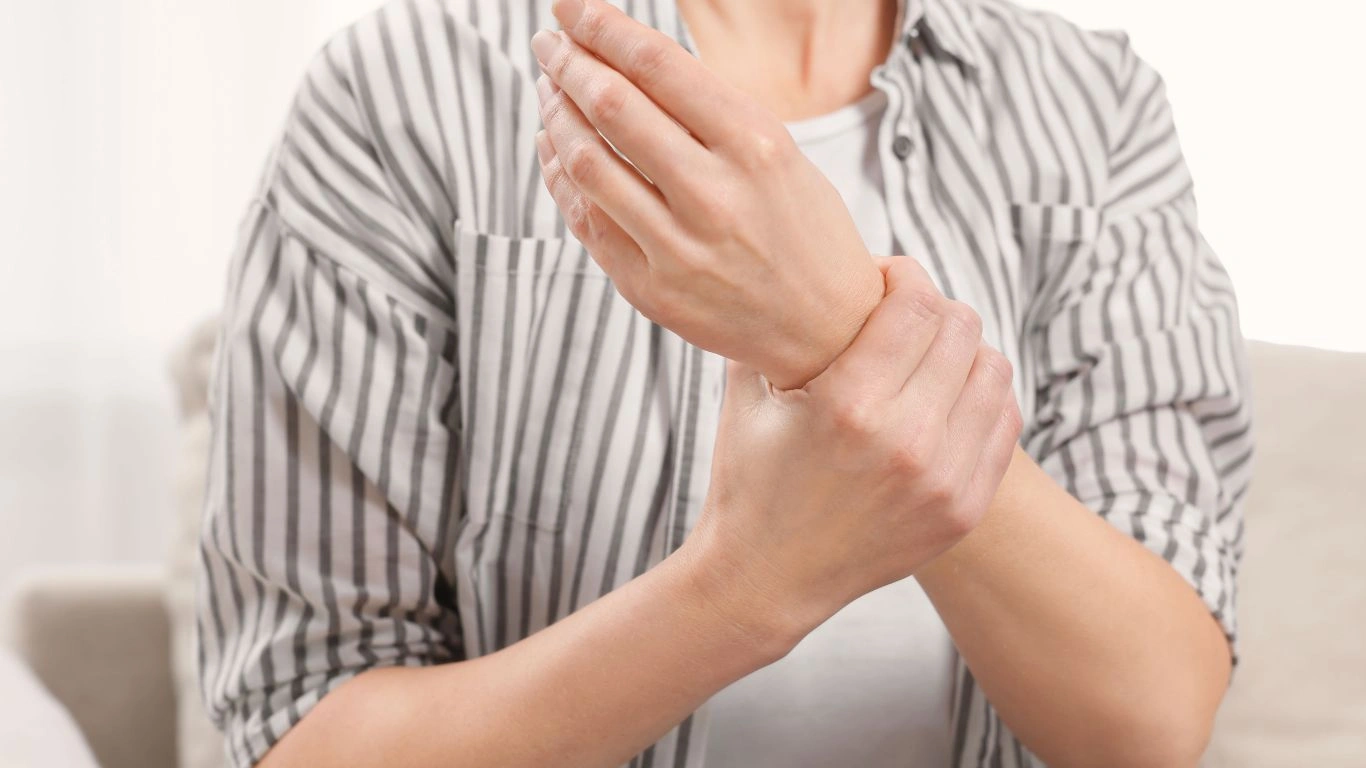
Over the years, I’ve had the privilege of guiding many patients toward an active lifestyle despite their RA diagnosis. One of my patients, Sarah, was skeptical at first. She hadn’t exercised in years due to knee pain and feared making things worse. But after just a few weeks of gentle cycling sessions, she noticed a difference—not just in her mobility, but in her confidence. Her morning stiffness improved, and she even started sleeping better. Stories like hers are why I always recommend cycling as a first step toward reclaiming an active life.
What Kind of Cycling Is Best for RA?
Not all cycling is created equal, especially when managing RA. Choosing the right type can make all the difference in comfort and sustainability.
Indoor vs. Outdoor Cycling
- Stationary cycling: Ideal for those who want to control intensity and avoid weather-related discomfort.
- Outdoor cycling: Great for fresh air and scenic rides, but road conditions and balance should be considered.
- Recumbent bikes: A fantastic option for added back support and reduced knee strain.
Finding the Right Bike
If you’re considering cycling for the first time, investing in a comfortable, RA-friendly bike is key. Look for:
- A step-through frame: Easier to mount and dismount without stressing your knees.
- Ergonomic handlebars: Reduces strain on wrists and hands.
- Wide, cushioned seats: More comfort and support for long rides.
- Electric assist (optional): E-bikes can provide assistance on tougher inclines, making rides easier on your joints.
Final Thoughts (For Now)
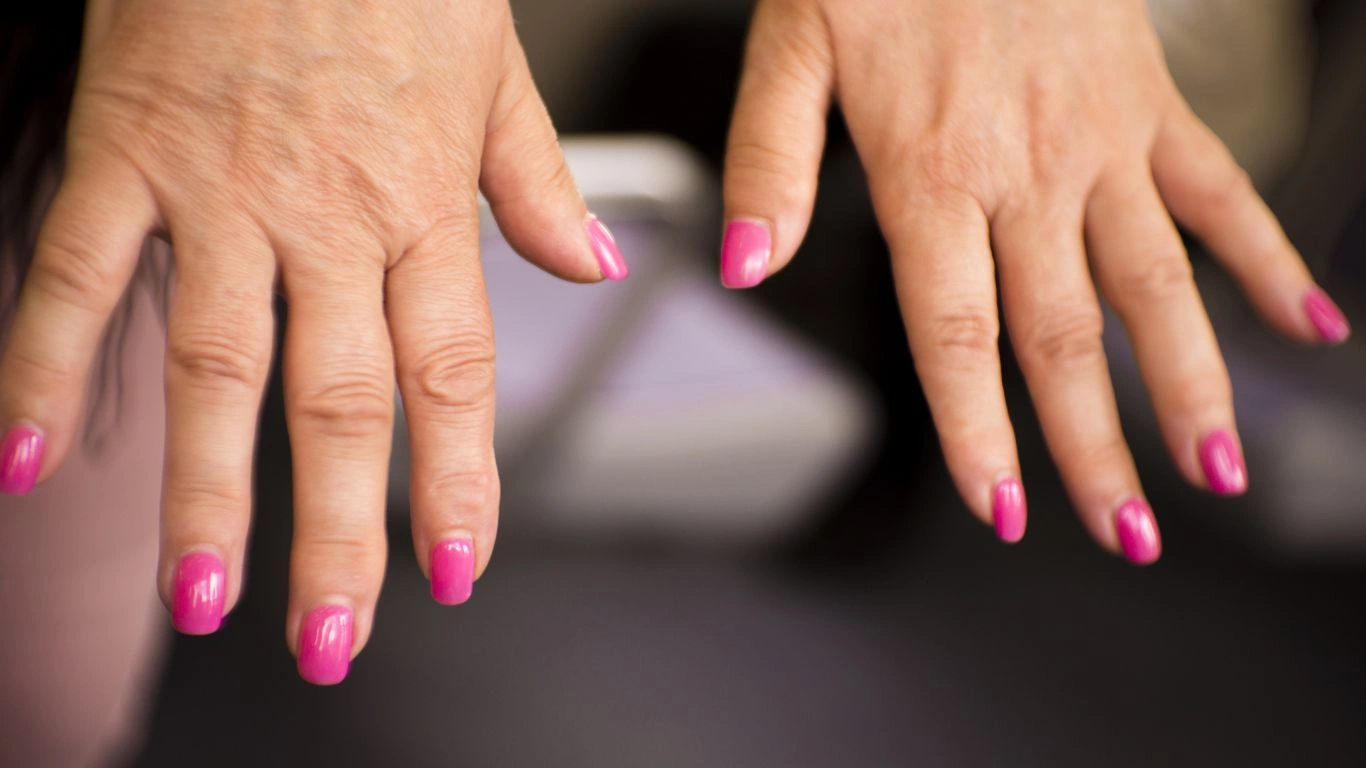
Cycling isn’t just about exercise—it’s about reclaiming movement, freedom, and confidence. If you’ve been hesitant to start, I encourage you to give it a shot. In the next sections, we’ll dive deeper into how to get started, managing RA flare-ups, and adapting cycling to your specific needs. Stay tuned for practical tips to make cycling a lifelong habit!
How to Start Cycling Safely with Rheumatoid Arthritis
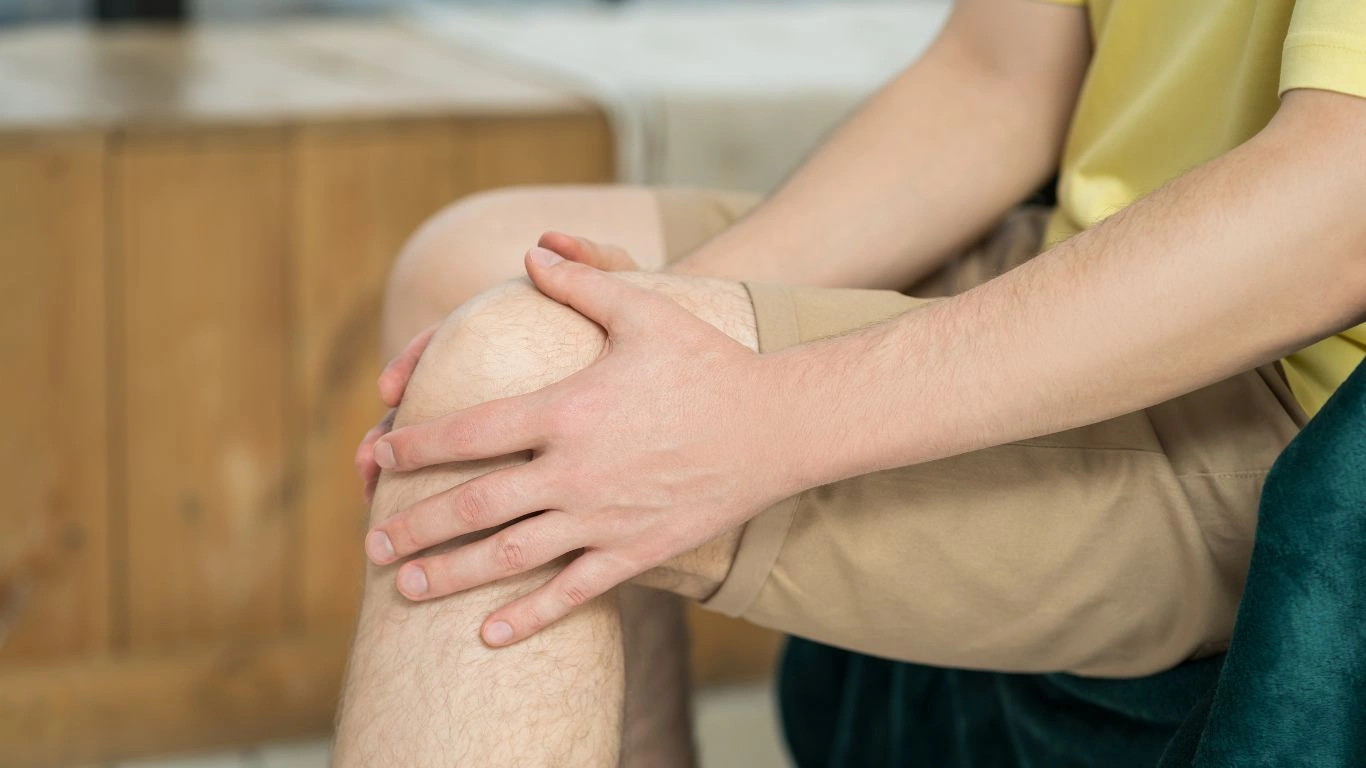
Alright, so now that we know cycling and rheumatoid arthritis make a great pair, let’s talk about how to actually get started—without aggravating your joints or pushing yourself too hard. Trust me, I’ve worked with plenty of RA patients who jumped in too fast and ended up discouraged. The key? Start slow, listen to your body, and make adjustments as needed.
1. Begin with Short, Low-Intensity Rides
If you haven’t been cycling regularly, there’s no need to jump into long-distance rides right away. Begin with 10- to 15-minute sessions at a relaxed pace. This allows your body to adjust without causing unnecessary strain. Gradually increase your time and intensity as your joints become accustomed to the motion.
2. Stretch Before and After Cycling
RA joints can be stiff, especially in the morning. Gentle stretching before hopping on your bike can help loosen things up and prevent discomfort. After your ride, follow up with another round of stretches to keep stiffness at bay.
- Wrist and hand stretches: Since gripping handlebars can sometimes be tough, gently stretch your fingers and wrists.
- Knee circles: A great way to warm up and lubricate the joints before cycling.
- Hip openers: Help with flexibility and reduce stiffness.
3. Adjust Your Bike for Comfort
Not all bikes are created equal, and the wrong setup can spell trouble for your joints. Here’s what to check:
- Saddle height: Your knees should have a slight bend at the lowest pedal position—too much bending can stress the joints.
- Handlebar positioning: Adjust them so you don’t have to strain your wrists or hunch over.
- Pedals with straps: Help reduce unnecessary foot movement and support stability.
Managing RA Flare-Ups While Cycling

Let’s be real—flare-ups happen. One day you’re feeling great, the next, your joints are swollen and stubbornly refusing to cooperate. It doesn’t mean you have to quit cycling altogether, but it does mean making some smart adjustments.
Listen to Your Body
This one is huge. If your joints feel overly sore or inflamed, take a rest day. Pushing through pain can make things worse and lead to longer recovery times.
Modify Your Routine
If you’re experiencing mild discomfort but still want to ride, try these modifications:
- Switch to a stationary bike: Lower resistance and smooth pedaling reduce joint stress.
- Opt for a shorter ride: Instead of 30 minutes, try 10 to 15 minutes.
- Focus on flat terrain: Avoid hills or high-resistance pedaling, as they require more joint effort.
Use Heat and Cold Therapy
If your joints feel stiff before a ride, apply a warm compress or take a warm shower to loosen things up. After cycling, if you notice any swelling, use an ice pack to reduce inflammation.
Nutrition and Hydration for RA-Friendly Cycling
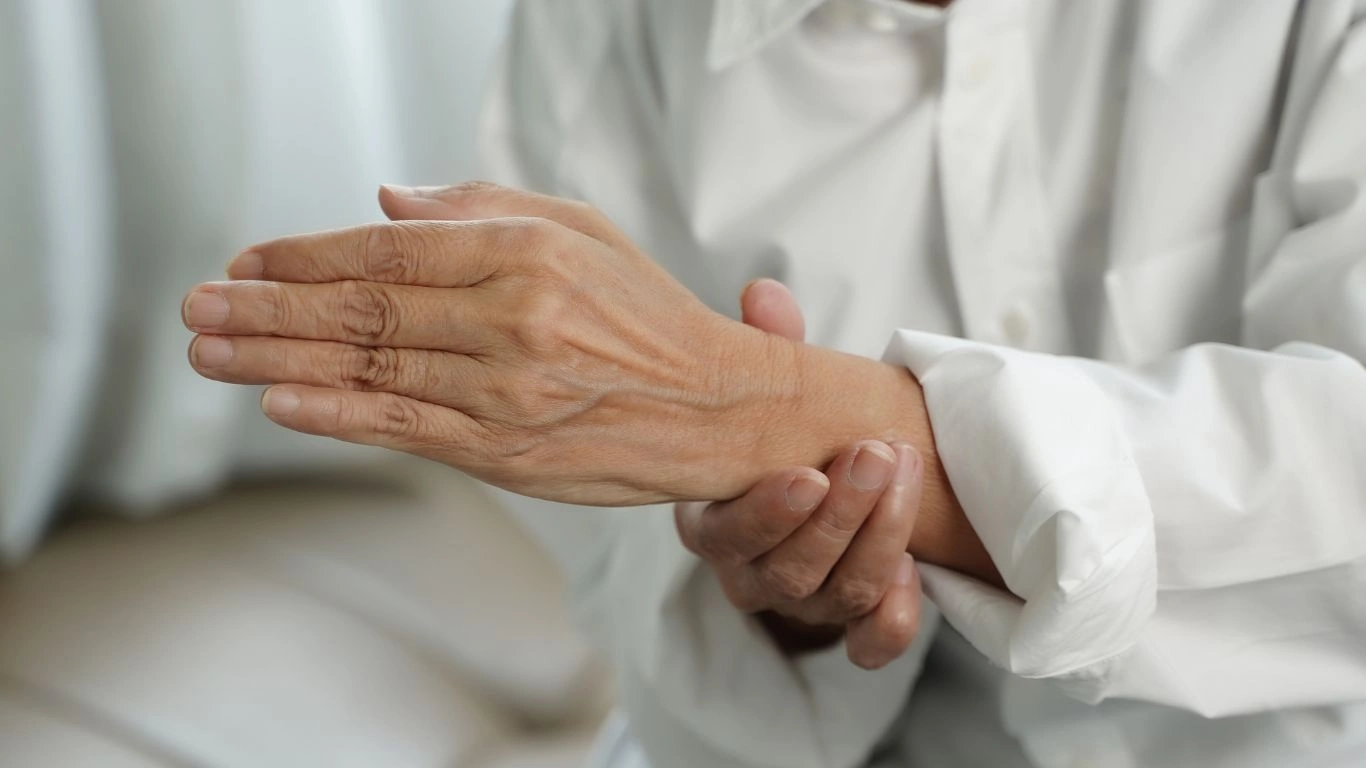
What you eat and drink plays a major role in managing RA symptoms and maximizing your cycling performance. Fueling your body properly can help keep inflammation in check and provide the energy you need for enjoyable rides.
Anti-Inflammatory Foods for Joint Health
Adding anti-inflammatory foods to your diet can support joint function and reduce flare-ups. Some of my top recommendations include:
- Fatty fish (salmon, sardines): Rich in omega-3s, which help fight inflammation.
- Turmeric and ginger: Natural anti-inflammatories that can ease joint pain.
- Leafy greens (spinach, kale): Packed with antioxidants that protect joint tissues.
- Nuts and seeds: Great sources of healthy fats that support overall joint health.
Stay Hydrated
Dehydration can worsen joint stiffness, so drink plenty of water before, during, and after your ride. If you’re cycling for longer periods, consider adding electrolyte-rich drinks to maintain balance.
Wrapping Up This Section
Starting a cycling routine with RA takes patience, but the rewards are absolutely worth it. With the right approach—gradual progress, smart bike adjustments, and an RA-friendly nutrition plan—you can make cycling a sustainable part of your lifestyle. Next up: We’ll dive into the best gear for RA cyclists, how to maintain motivation, and real-life success stories from the RA community. Stay tuned!
The Best Gear for RA-Friendly Cycling
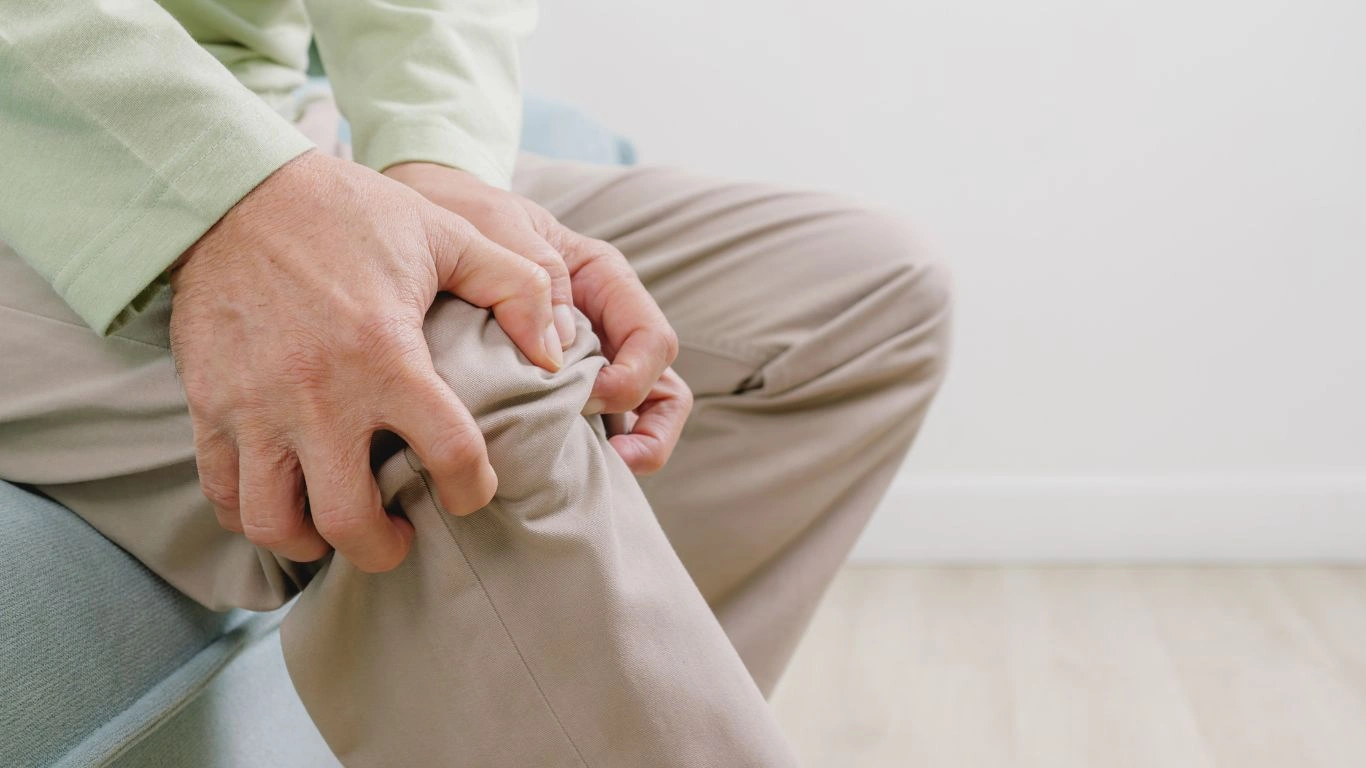
One thing I always tell my RA patients who want to start cycling—your gear matters. The right equipment can make or break your experience. Whether it’s reducing pressure on your joints or improving overall comfort, investing in RA-friendly cycling gear is a must.
1. Padded Gloves for Wrist Support
Gripping handlebars for long periods can put stress on already-sensitive joints. A good pair of padded cycling gloves with wrist support can help absorb vibrations, reduce pressure, and make holding the handlebars easier.
2. Ergonomic Handlebars
Not all bikes come with handlebars that are friendly for RA hands. Ergonomic handlebars—especially ones with a slight upward curve—allow for a more natural wrist position, reducing strain and discomfort.
3. A Well-Cushioned Saddle
One of the most overlooked pieces of cycling gear is the saddle. A wider, cushioned seat can make a massive difference in reducing pressure on your lower joints and hips. If you’re struggling with discomfort, consider a gel-padded saddle for extra relief.
4. Compression Sleeves for Joint Support
Cycling with RA often means dealing with some swelling. Wearing compression sleeves on your knees or elbows can help improve circulation, reduce inflammation, and provide extra joint support during your rides.
5. Electric Assist Bikes (E-Bikes)
If you love cycling but struggle with fatigue or joint pain on longer rides, an electric-assist bike (e-bike) can be a fantastic option. These bikes provide motorized assistance, making uphill climbs and longer distances easier while still keeping you active.
Staying Motivated: How to Make Cycling a Habit

Let’s be real—staying motivated to exercise isn’t always easy, especially when you’re dealing with RA. Some days, your body feels ready to go, and others… well, not so much. The trick is to build a cycling routine that feels sustainable and enjoyable.
Find a Cycling Buddy
Having someone to ride with makes the experience more fun and keeps you accountable. Whether it’s a friend, family member, or even a local cycling group, riding with others can boost motivation and make the journey more enjoyable.
Set Realistic Goals
Start small. Maybe your goal is to ride for 15 minutes twice a week. Then, as you build confidence, increase your duration or distance. Celebrate small wins—every ride counts!
Track Your Progress
Use a fitness app or a simple journal to log your rides. Seeing your progress over time can be incredibly motivating. Noting how your body feels before and after each ride can also help you identify patterns and adjust accordingly.
Make It Enjoyable
If cycling feels like a chore, it’s going to be hard to stick with it. Choose routes that are scenic, play your favorite music or podcast while riding (if safe), and switch things up so it doesn’t feel repetitive.
Real Stories: RA Warriors Who Found Freedom in Cycling
Over the years, I’ve worked with many RA patients who thought they’d never be able to enjoy exercise again. But cycling changed that. Let me share a couple of inspiring stories.
Sarah’s Story: From Stiff Joints to Smooth Rides
Sarah, 52, was hesitant to try cycling. Her knee pain made walking difficult, and she was convinced that biking would only make it worse. But after a few weeks of gentle indoor cycling, she noticed a huge difference. Her stiffness improved, and her confidence soared. Now, she rides three times a week and swears by it as her go-to form of exercise.
Mark’s Journey: Beating RA Fatigue
Mark, 39, struggled with RA-related fatigue. He wanted to be active but found most workouts too draining. When he switched to an e-bike, he found the perfect balance—he could ride longer distances without overexerting himself. His energy levels improved, and his overall mood lifted.
Final Thoughts: Why Cycling is a Game-Changer for RA
Cycling isn’t just about exercise—it’s about freedom, mobility, and taking back control from RA. Whether you’re cycling indoors, taking leisurely rides outside, or investing in an e-bike, this low-impact activity can do wonders for your joint health, mental well-being, and overall quality of life.
If you’re on the fence about trying cycling for RA, this is your sign to give it a shot. Start small, listen to your body, and adjust as needed. Your joints will thank you for it!
References
Disclaimer
This article is for informational purposes only and should not be taken as medical advice. Always consult with your healthcare provider before starting any new exercise routine, especially if you have rheumatoid arthritis or other chronic conditions.

Tarra Nugroho is a dedicated Nurse Practitioner with a strong foundation in family and preventive care. She brings both compassion and clinical expertise to her practice, focusing on patient-centered care and health education. As a contributor to Healthusias.com, Tarra translates medical knowledge into clear, empowering articles on topics like women’s health, chronic disease management, and lifestyle medicine. Her mission is simple: help people feel seen, heard, and informed—both in the clinic and through the content she creates. When she’s not caring for patients, Tarra enjoys weekend hikes, plant-based cooking, and curling up with a good health podcast.
